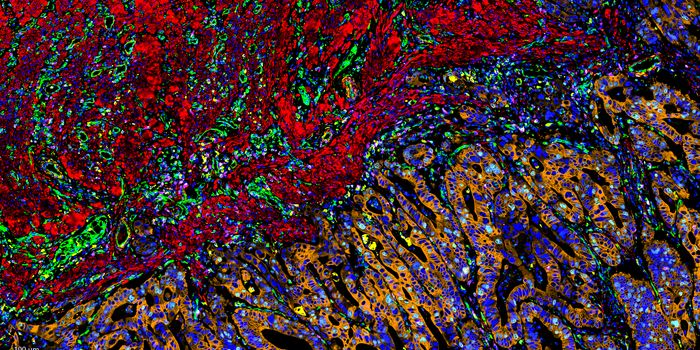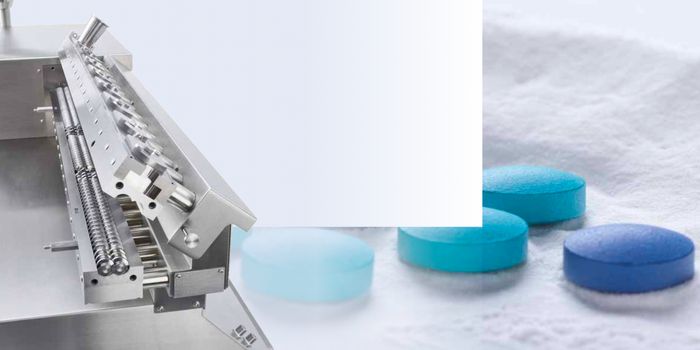Add-on Medication Improves Heart Attack Prognosis

Current treatment guidelines for patients immediately following a heart attack include high-potency statins to lower cholesterol levels and stabilize changes in blood vessels to lower the risk of new events. Most patients, however, do not reach recommended cholesterol levels from statins alone and thus require an add-on treatment like ezetimibe.
"Today's guidelines recommend stepwise addition of lipid-lowering treatment. But it's often the case that this escalation takes too long, it's ineffective and patients are lost to follow-up. By giving patients a combination treatment earlier, we could help to prevent many more heart attacks,” study author Margrét Leósdóttir, Associate Professor at Lund University said in a press release.
In the current study, researchers compared early and late addition of ezetimibe to statins in patients following a heart attack. They analyzed healthcare data from Sweden including 35, 826 patients hospitalized for a heart attack between 2015 and 2022. Among them, 16.9% received ezetimibe early, 18.1% late, and 65% not at all.
Ultimately, they found that patients receiving ezetimibe within 12 weeks of a heart attack were better able to lower cholesterol to target levels early on, had a better prognosis, and a lower risk of new cardiovascular events and death than those who received the ezetimibe later or not at all.
The researchers estimated that in a scenario where all patients receive ezetimibe early, 133 heart attacks could be prevented in a population of 10,000 patients over a 3-year period.
“Combination therapy is not applied up-front for two main reasons. General recommendations are not included in today's guidelines and a precautionary principle is applied to avoid side effects and overmedication. However, there are positive effects from applying both medicines as soon after the infarction as possible. Not doing this entails an increased risk. In addition, the drug we have examined in the study causes few side effects and is readily available and inexpensive in many countries,” said Leósdóttir.
Sources: Science Daily, Journal of the American College of Cardiology








